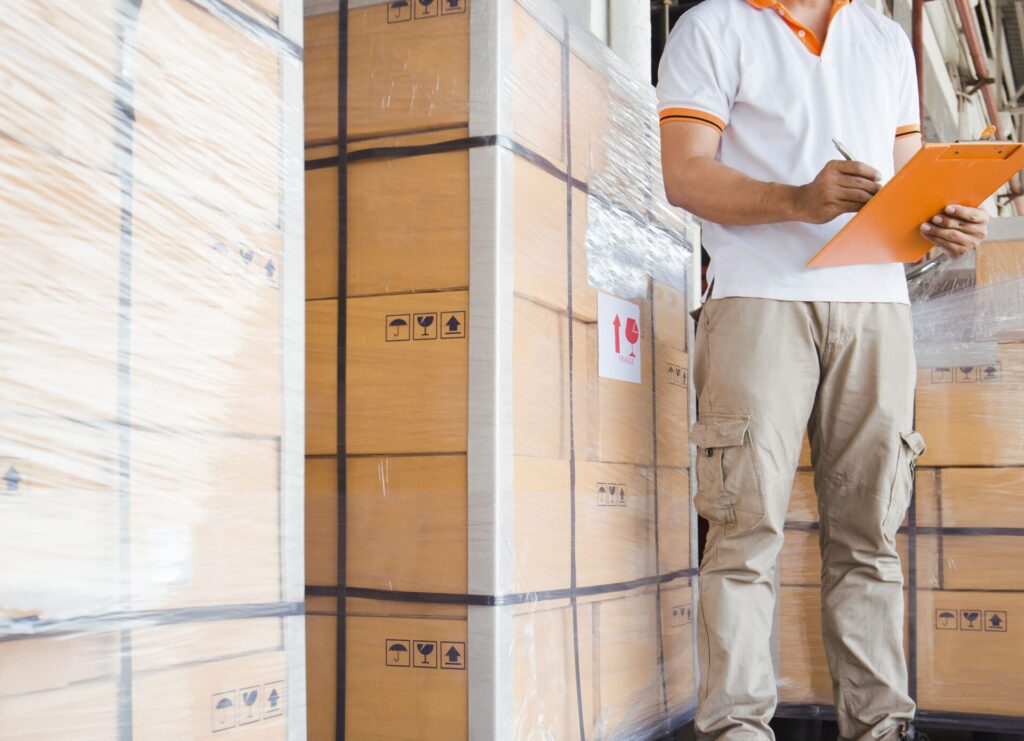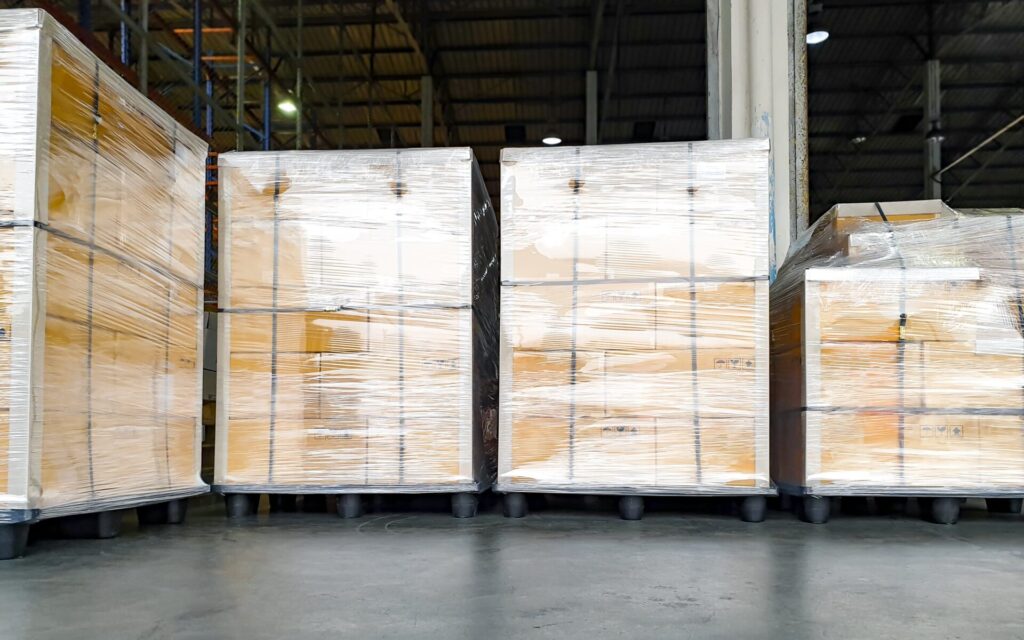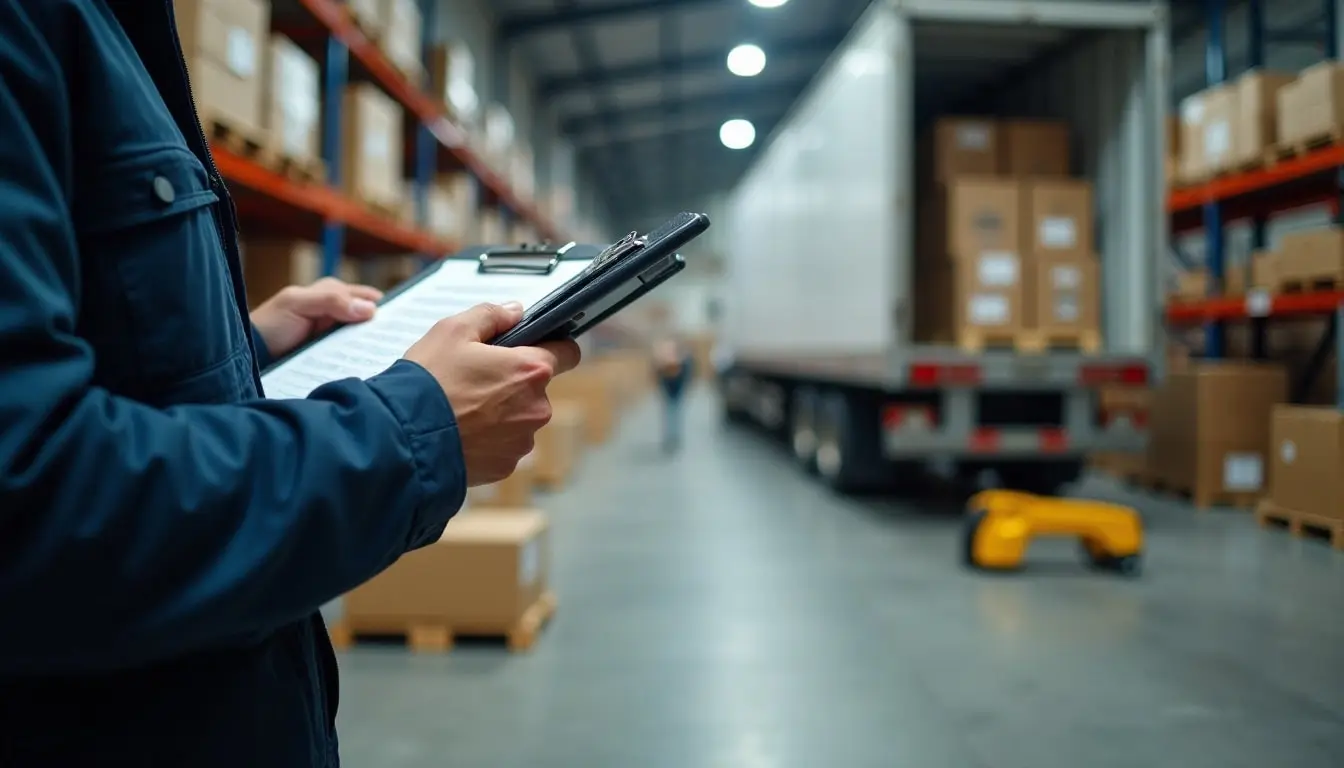
Secrets to Better LTL Freight Insurance
Securing Less Than Truckload (LTL) freight insurance might seem like a secondary concern—until you face a damaged shipment or a carrier refusing to pay a sizeable claim. In a complex logistics landscape, relying solely on standard carrier liability can leave you financially exposed. From high-value consumer electronics to delicate machinery parts, each LTL load carries unique risks that demand a nuanced insurance strategy.
This article pulls back the curtain on how to enhance your LTL freight insurance coverage, exploring the fundamentals of liability limits, supplemental policies, and the crucial steps for filing claims effectively. Whether you’re a small business shipping a handful of pallets a month or a major distributor moving freight daily, adopting these best practices can safeguard your bottom line against unforeseen losses.
Introduction
Why Insurance Is Vital in LTL Shipping
In LTL, multiple shippers share a single truck, raising the chance of freight getting mishandled or stacked incorrectly. Shipments pass through various cross-dock terminals, each a potential point for damage or misrouting. Even well-packaged goods can incur scrapes, crushes, or theft. Without robust insurance, you may be forced to absorb high replacement costs, especially if your cargo is of substantial value or if the carrier’s liability limit offers only nominal coverage.
Common Myths About Carrier Liability
Many shippers mistakenly assume carriers fully cover lost or damaged goods. In truth, standard carrier liability—based on a per-pound rate—often falls short of the actual product value. For instance, a carrier might limit compensation to $0.50 per pound, which is negligible if your load includes valuable electronics or specialized components. Understanding these limitations is the first step toward securing additional protection.
Understanding LTL Insurance Basics
Carrier Liability vs. Actual Cargo Value
Carrier liability is typically outlined in the Bill of Lading (BOL) and the carrier’s tariff. This coverage rarely matches your freight’s true worth, especially if your goods are dense and high-value (like medical devices) or are classified under higher freight classes due to fragility.
Meanwhile, actual cargo value refers to the cost to replace or repair the shipment if damaged. When this is significantly higher than the carrier’s standard liability, a mismatch occurs—leading many shippers to seek supplemental or third-party insurance.
Key Terms: Declared Value, Limited Liability, and Full Coverage
- Declared Value: You can sometimes “declare” a higher shipment value, raising the carrier’s liability—albeit for an extra fee.
- Limited Liability: Carriers typically define liability in their tariffs, disclaiming responsibility for certain damages or certain goods (like fragile items) if packaging is deemed inadequate.
- Full Coverage: A policy that pledges reimbursement up to the shipment’s full commercial invoice value. Often purchased through cargo insurers or specialized brokers rather than the carrier.
Identifying Your Shipment’s Risk Profile
Fragile vs. Durable Goods
Crates of glassware or sensitive instruments are inherently more vulnerable than sturdy metal parts. If your product is easily damaged, consider extra packaging and a higher insurance level. Fragile items might command higher premiums, but it beats footing an entire replacement bill in the event of damage.
High-Value or Perishable Freight Considerations
Shipping high-value electronics or temperature-sensitive perishables exponentially increases your exposure. While some carriers carry specialized coverage, verifying whether your items meet their policy criteria is vital. If not, external coverage bridging that gap becomes indispensable.

Evaluating Carrier Liability Limits
How Carriers Calculate Compensation Per Pound
A standard LTL carrier might compensate at a flat rate—like $0.10 to $1 per pound—and they’ll apply whichever is lower: the declared rate per pound or the total cargo value. In many cases, heavier, less expensive goods fare better under this system, while light, pricey items end up grossly undercovered.
Checking Tariffs and Bill of Lading Clauses
Always read your carrier’s tariff—a detailed document outlining their liability terms and restrictions. Some exclude coverage for “acts of God,” improper packaging, or specific product categories. Meanwhile, the Bill of Lading’s back page or small print typically references these tariffs, forming part of your shipping contract.
Supplemental Coverage Options
Third-Party Cargo Insurance Policies
When the risk is high, a third-party insurer can extend coverage beyond the carrier’s limited liability. These policies often reimburse up to the invoice cost of the goods plus shipping expenses. Rates depend on your commodity type, packaging standards, and historical claim frequency, but the peace of mind often justifies the premium.
Broker-Facilitated Insurance Programs
Some freight brokers or 3PLs partner with insurers to offer streamlined cargo insurance options to their shipper clients. You simply opt in while booking a shipment, and the broker handles the policy. This route can be cost-efficient because brokers pool clients’ volume, potentially lowering premium rates.
Steps to Secure Adequate LTL Coverage
Calculating Replacement Value or Sales Value
Your coverage should mirror what it costs to replace or repair each item in the event of total loss. For raw materials, consider their cost price; for finished goods, think about their retail sales value. This figure forms the basis of your cargo insurance policy’s coverage limit.
Clarifying Liability vs. Freight Class
Freight classification is often conflated with insurance coverage. The NMFC code influences how carriers handle your load and sets baseline liability. But if that liability is insufficient, you may need to declare higher value or buy external coverage.
Reviewing Policy Exclusions and Deductibles
Check for:
- Deductibles: Some cargo insurance imposes a certain out-of-pocket cost if you file a claim.
- Exclusions: Policies may exclude “inherent vice” (goods that naturally deteriorate), war risks, or improper packaging.
Strategies to Lower Insurance Costs
Proper Packaging and Labeling for Reduced Risk
Insurers often tie premiums to perceived shipping risk. By using robust pallets, extra cushioning, and clear “Fragile” labels, you reduce damage likelihood, thus decreasing your risk profile. Some insurers or carriers may even discount rates if you demonstrate above-standard packaging protocols.
Volume Discounts and Broker Negotiations
If you frequently ship high-value loads, negotiating a long-term coverage arrangement with an insurer or broker may yield volume discounts. The more consistent your shipments, the more leverage you have to secure lower premiums or better coverage terms.

Handling Claims Successfully
Documenting Damage and Filing Promptly
When damage or loss occurs:
- Inspect Freight upon arrival, noting any visible issues on the delivery receipt.
- Take Photos of compromised packaging or product.
- File a Claim Promptly—most carriers and insurers have strict deadlines (often within 5–15 days).
Delays or incomplete claims hamper your chances of successful reimbursement.
Collaborating with Carriers or Brokers
For a smoother resolution, loop in your broker or carrier representative. They can expedite internal processes, confirm liability acceptance, or clarify if the loss is partially the insurer’s or the carrier’s responsibility. Maintaining a calm, fact-driven approach typically garners the best results.
Avoiding Common Coverage Pitfalls
Misdeclared Commodity or Weight
Undervaluing or misrepresenting your freight’s nature can lead insurers to deny claims. Always reflect accurate details—like correct product classifications and precise weights—on your Bill of Lading to remain policy-compliant.
Overlooking Transit Time and Delay Clauses
Most cargo insurance policies cover damage or theft—but not necessarily delays. If on-time delivery is critical (e.g., for perishable or seasonal goods), see if you can add coverage for loss of market value or extra costs incurred by delays.
Special Considerations for High-Value or Hazmat Freight
Increased Scrutiny, Additional Compliance Steps
Carriers and insurers demand more thorough vetting for extremely valuable or hazardous goods. You may need specialized packaging, route restrictions, or security measures like GPS tracking, all of which affect coverage costs.
Comprehensive Policies for Large Liabilities
Some high-stake shipments—like art collections or specialized medical devices—push insurers to require appraisals or third-party security audits. In exchange, you gain near-100% coverage if the item is lost or severely damaged.
Monitoring and Updating Your Insurance Plan
Annual Reviews Based on Changing Business Needs
Your shipping patterns evolve—maybe you pivot to heavier goods or grow your e-commerce customer base. Conduct a yearly insurance check to confirm the coverage still matches your volumes, commodity types, and shipping lanes. If your risk profile changes, adjusting coverage prevents under- or over-insuring.
Renegotiating Terms After Major Claims or Market Shifts
A large claim can impact future premiums. On the flip side, a strong, claim-free track record places you in a favorable negotiating position. Communicate with your insurer or broker about your shipping improvements—like better packaging—so you can tap into more competitive terms.
Conclusion
LTL freight insurance boils down to balancing cost and risk. While standard carrier liability may cover minimal value, the real worth of your cargo could be substantially higher. Investing the time to evaluate your product’s risk profile, explore policy options, and ensure meticulous documentation pays off whenever a mishap occurs.
By fortifying your LTL shipments with robust packaging, timely claims filing, and aligned coverage, you minimize financial setbacks and preserve customer trust. Whether you’re shipping domestically or cross-border, a comprehensive approach to LTL freight insurance is the ultimate safety net—safeguarding your goods, brand reputation, and bottom line.
How useful was this post?
Click on a star to rate it!
Average rating 0 / 5. Vote count: 0
No votes so far! Be the first to rate this post.



